Diabetes Forecast. 2013 Trends in Diabetes Technology

What’s new and what’s on one device user’s wish list for 2013 by Bernard Farrell, PWD type 1.

What’s new and what’s on one device user’s wish list for 2013 by Bernard Farrell, PWD type 1.

Researchers have discovered three uncommon genetic variants that influence the production of insulin. The finding, published in the journal Nature Genetics
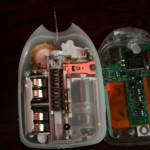
On December 14, the US Food and Drug Administration (FDA) announced the approval of Insulet’s new OmniPod insulin pump, a second-generation device that builds on the technology of the previous OmniPod System.

A new therapeutic approach to diabetes that combines insulin and an inhibitor of the epidermal growth factor (EGF) betacellulin could limit the progression of diabetic macular edema (DME).

Researchers have created a new type of biosensor that can detect minute concentrations of glucose in saliva, tears and urine and might be manufactured at low cost because it does not require many processing steps to produce.
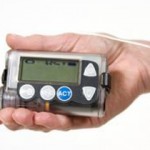
Would it be a mortal sin to go ahead and start my insulin pump on my own? All the stuff is here, but the pump trainer can’t see me for three weeks!

In most areas of diabetes research, you don’t hear much until there’s a big breakthrough of some sort. And then it goes dark again. That’s what happened several years ago on the then-hot topic of xenotransplantation, or the sourcing of islet cells for transplants.

Today is a happy day for fans of Insulet’s tubeless insulin pump system! The FDA has finally approved the next-generation OmniPod, which is 34% smaller, 25% lighter, and 16% slimmer — yet still holds same 200 units of insulin.

This insulin pump has a touch screen simplifies things dramatically, and displays more critical information at a glance.

Clinical data compiled by the company shows that the GenStrip exceeds the current FDA accuracy standard – 99.8% of the time for results at 75 mg/dL or above, the strip is within 20% accuracy range; and 97.1% of the time.
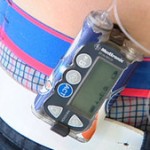
The Canadian Diabetes Association is calling on the P.E.I. government to pay for the cost of insulin pumps and supplies for people living with type 1 diabetes, in order to save on the health budget overall.
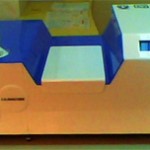
A major cause of hypoglycemia is excess sulfonylurea administration – taking a common medication without eating, or taking too much of it. Many, many trips to the emergency department arise from trouble with sylfonylurea meds.

Researchers show that the cells that produce glucagon are stimulated by the hormone itself. A previous study by the same group demonstrated that this principle also applies to insulin.

Food for thought may start out quite wholesome, but get garnished along the way with a whole array of sales pitches and marketing distortions. The result can be rather unpalatable. How to interpret all this information?

The idea of invention of a device for non-invasive glucose measurement was conceived approximately 3 years ago. In March 2010, the first version of the device was launched and tested successfully.
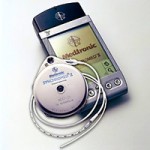
The Fridley-based medical technology giant said the Sentrino system — the first minimally invasive continuous glucose monitoring system designed for use in hospital critical care units — received CE Mark approval, meaning the system is now available for sale in Europe.

The PaQ provides three days of continuous insulin infusion for patients with type 2 diabetes, and also offers the option for users to initiate an extra bolus injection at any time.
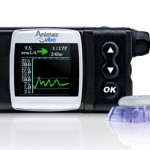
Blogger Six Until Me provides an interesting review on the Dexcom G4. A easy-to-use wireless device designed to simplify glucose management.

A portable battery powered temperature control gadget for keeping your insulin pens or vials within their approved temperature range.

In a recent study in the Journal of the Academy of Nutrition and Dietetics, cinnamon was reported to aid in regulating blood glucose levels in normal-weight and obese adults.